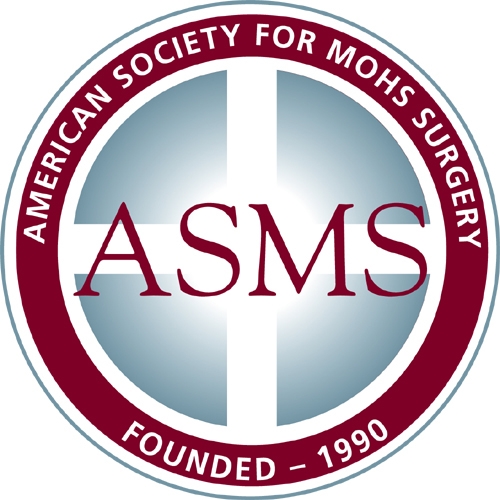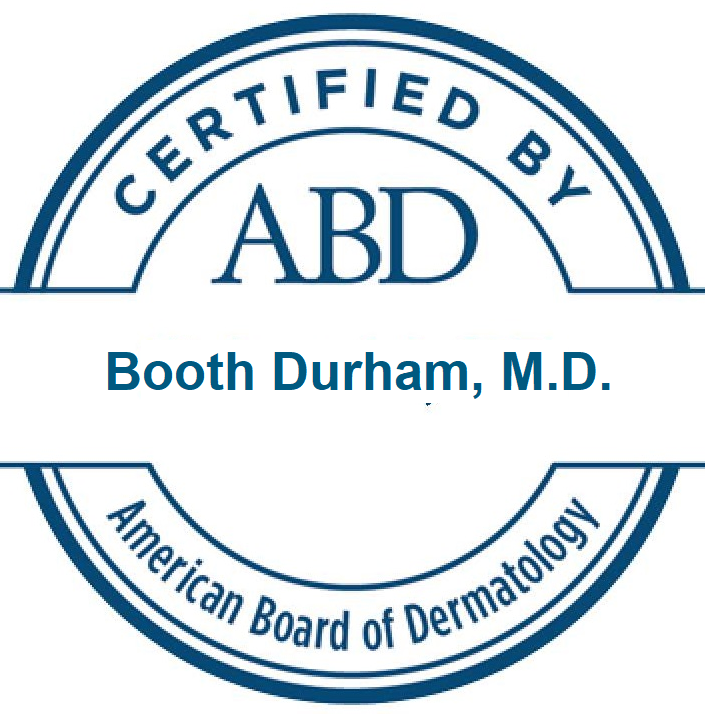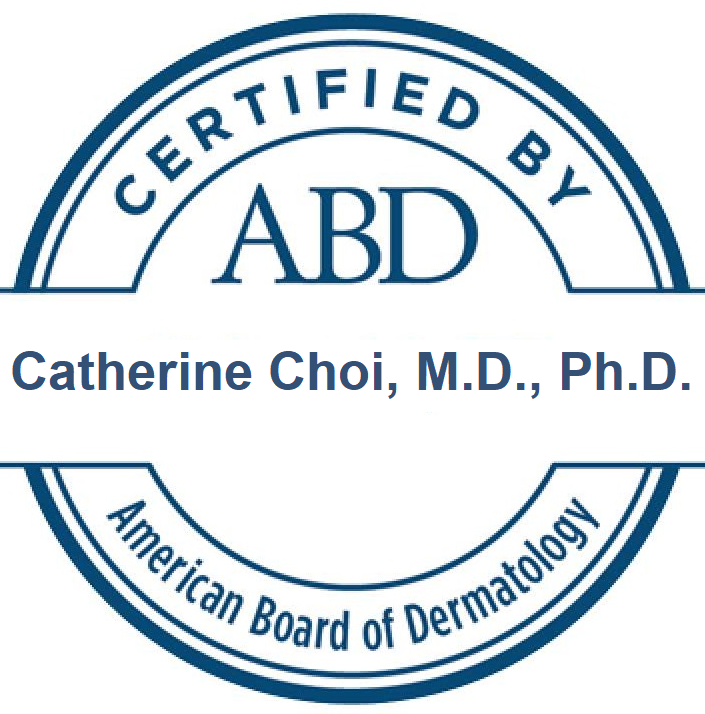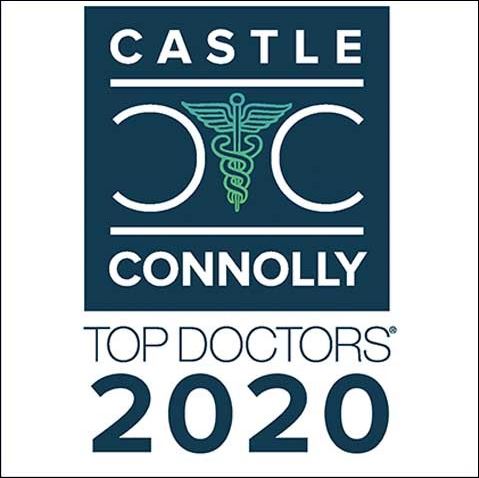Frequently asked questions
Insurance Questions
A deductible is the fixed amount you pay out of pocket before a health insurance plan begins to cover health care costs.
A copayment or copay is a fixed amount for a covered service, paid by a patient to the provider of service before receiving the service. It may be defined in an insurance policy and paid by an insured person each time a medical service is accessed.
The percentage of costs of a covered health care service you pay (20%, for example) after you’ve paid your deductible. For example: most insurance companies only cover 80%, 85% or 90% of allowed charges and the patient is responsible for the balance.
In-network refers to health care providers that have agreed to provide services to a health plan’s members at a negotiated rate. Plan members usually pay less when using an in-network provider because the cost to the health plan is lower.
It is an Explanation of Benefits that is mailed to the patient and provider, showing amount billed, amount adjusted off, amount paid (if any) or amount applied to deductible.
Insurance companies rely on physicians to submit claims on procedures that in their opinion are medically necessary. Cosmetic procedures could be but are not limited to-benign moles, skin tags, acne/milia extractions and seborrheic keratosis. Also laser treatments to improve appearance or to treat acne are considered cosmetic.
Medical Questions
Acne is a common skin condition that occurs when the pores of your skin over produce oil and become blocked, then dirt and bacteria build up in the blocked pore and case it to swell into a pimple. If the pimple breaks the bacteria inside can cause swelling and red bumps. If the inflammation runs deep in your skin the pimple my progress into a possibly painful cyst. It is important that you do not scratch, rub, or pop pimples as this can lead to scars and infections
Rosacea is a chronic skin condition in which the blood vessels under the skin swell and cause inflammation. Symptoms include redness of the face, blushing often and easily, numerous spider vessels, acne like bumps on skin that may ooze or crust, burning or stinging sensation in the face, and bloodshot eyes.
Eczema is a form of long term inflammation of the outer layer of your skin. Although it is most common in children adults can also be affected by eczema. It usually involves a reoccurring rash that is characterized by the following symptoms: swelling, redness, itching, flaking, cracking, bleeding, or oozing.
How do we treat Eczema?
Depending on your particular case we may be able to alleviate the symptoms with oral antihistamines. But in most case we will prescribe you a mild cortisone ointment and increase the dosage strength if it dose not clear up the eczema. In more severe cases we will use injections of corticosteroids directly into the effected areas of your skin along with prescribing antibiotics if the skin has become infected.
A wart is small and normally painless skin growth caused by a virus called human papilloma virus. For the most part they are harmless although they can be painful and itchy. Although your warts may disappear on there own, most that do will reappear and you should see a dermatologist for proper treatment.
How do we treat Warts?
If over the counter treatments have failed to remove the warts we can try a stronger prescription version of these medicines. We can also remove the wart by freezing it off using liquid nitrogen.
Basal Cell Carcinoma(BCC) is a form of non melanoma skin cancer that is slow growing and rarely fatal, but can be disfiguring if left untreated. The fact that BCC is slow growing and dose not usually spread may make it hard to notice, that is why regular professional full body exams are important to early detection. Aside form regular exams your should notify a doctor if you notice even a slightly raised sometimes even flat bump on your skin that is pearly, waxy, or discolored. A sore that oozes, bleeds, dose not heal, or has a sunken area in the middle may also indicate BCC.
How do we treat Basal Cell Carcinoma?
Here at advanced dermatology we have a wide variety of treatments available for BCC depending on your specific case. In addition to mohs surgery , which you have likely read about on one of our other pages, we can try less invasive techniques for less severe cases. If your cancer is small and has not dug in we can use electro desiccation to electrocute and scrape off the cancer cells. Cryosurgery can be performed by using liquid nitrogen to freeze the SqCC to death without having to remove any of your skin, letting it naturally fall off and regenerate. We may even be able to treat your BCC with topical medicated creams if it is caught soon enough.
Squamous Cell Carcinoma(SqCC) is a type of skin cancer that effects your epithelium cells, the type of cell that most of your outermost layer of skin is made from. Although SqCC usually occurs as a skin cancer other parts of your body are made of the effected cells and can cause cancer in a variety of tissues, including your mouth, lungs, and digestive tract. SqCC is caused primarily by repeated overexposure to sunlight, but is also lined to people that have had many severe sunburns, chemical exposure, and having many X-Rays. The risk of contracting SqCC is much higher for people of older age or with light colored skin, eyes, and hair.
How do we treat Squamous Cell Carcinoma?
Here at advanced dermatology we have a wide variety of treatments available for SqCC depending on your specific case. In addition to mohs surgery , which you have likely read about on one of our other pages, we can try less invasive techniques for less severe cases. If your cancer is small and has not dug in we can use electro desiccation to electrocute and scrape off the cancer cells. Cryosurgery can be performed by using liquid nitrogen to freeze the SqCC to death without having to remove any of your skin, letting it naturally fall off and regenerate. We may even be able to treat your SqCC with topical medicated creams if it is caught soon enough.
Mohs surgery is the most effective way to treat a variety of skin cancer with a success rate of 99%. It precisely removes the cancer while leaving the surrounding skin unharmed. It is so effective because the surgeon performing it microscopically examines the tissue they remove to ensure that they are cutting out all of the cancer without removing healthy skin tissue.
How do we preform Mohs Surgery?
Mohs surgery is preformed in office while under anesthesia. Your surgeon will cut out a thin layer of the visible cancer along with a very small margin of healthy tissue. He then microscopically examines the remove tissue noting where the cancer is. Then he cuts out another thin layer of skin where there is still cancer and reexamines the tissue. This process is repeated until all of the cancer is completely removed.
Melanoma is a type of skin cancer , in fact the most dangers type, accounting for 79% of all skin cancer deaths. It is caused by mutation is the cells that give your skin and hair there color, appearing as a dark brown spot. Although it may begin as a mole or other irregularity it also can appearing out of nowhere on otherwise normal skin. This is why it is important to check with a doctor if you notice growing or changing spots on your skin.
How do we treat Melanoma?
To treat melanoma we have to surgically remove the cancerous growth. To do this we use a method know as Mohs Surgery. This basically involves repeatedly removing and testing sections of skin until the sections we remove no longer contain cancer. But it is important that we catch the cancer early as we can only remove it from skin. If melanoma reaches your other organs it usually can not be cured. Treatment then turns to attempting to shrink the cancer with chemotherapy, immunotherapy, and radiation.
Answer the question here. Make sure you answer all frequently asked questions to clear some common doubts. People love when they find a solution without having to wait for your reply. This also shows that you have enough knowledge that you can share and help them out.








